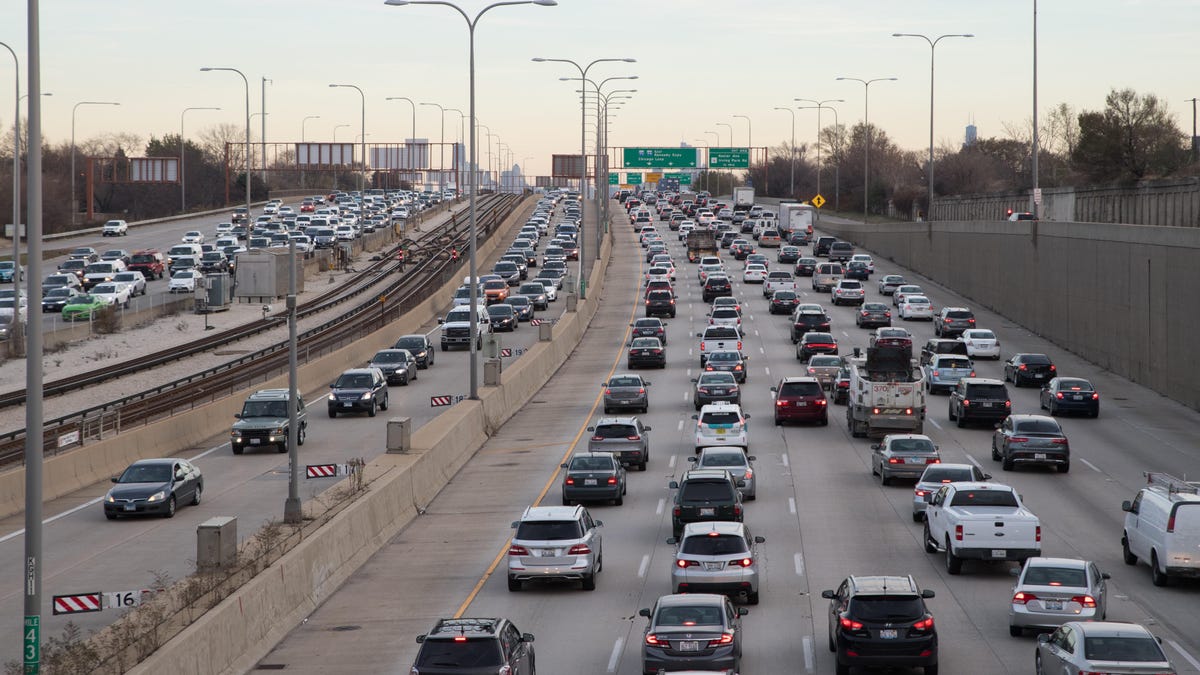US military reportedly testing surveillance balloons in Midwest skies
The test will send 25 vehicle-tracking balloons across six states, according to The Guardian.

The test will end in Illinois.
To crack down on narcotics trafficking and homeland security threats, the US military is reportedly testing high-altitude surveillance balloons across six states. Up to 25 unmanned solar-powered balloons will float at altitudes of 65,000 feet over South Dakota, Minnesota, Iowa, Wisconsin and Missouri with the tests set to conclude in central Illinois, according to a report from The Guardian on Friday.
Details of the proposed test were revealed in documents filed with the Federal Communications Commission on behalf of the Sierra Nevada Corporation, an aerospace and defense company. The US Southern Command commissioned the test.
The balloons are equipped with hi-tech radars -- functional day or night and durable in any kind of weather -- to simultaneously track vehicles. The documents show that the tests received an FCC license to operate on July 12 and cease on Sept. 1. Similar flight tests were licensed last year, according to the report.
The surveillance balloons are reportedly a cheap platform that can follow cars and boats for long periods of time. Since winds often change directions, the balloons can hover just by ascending or descending.
The Sierra Nevada Corporation, the FCC and the US Southern Command didn't immediately respond to request for comment.

